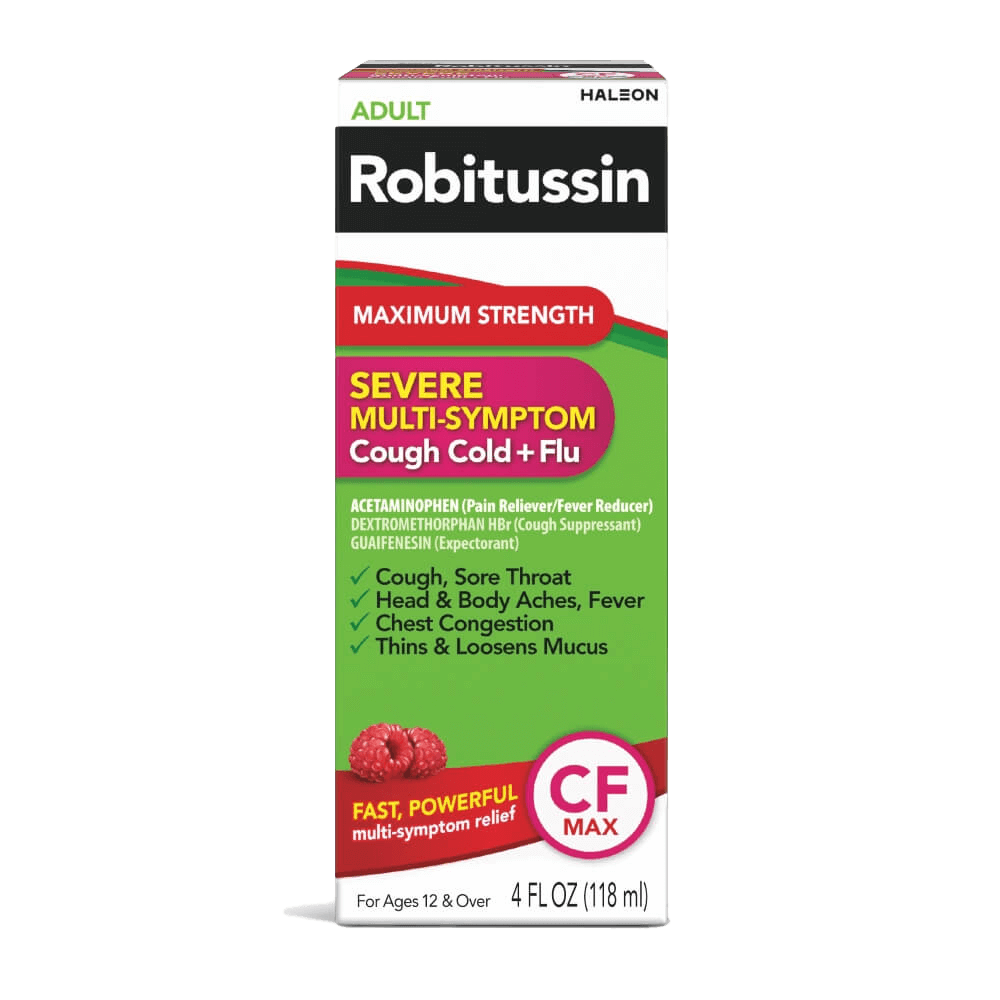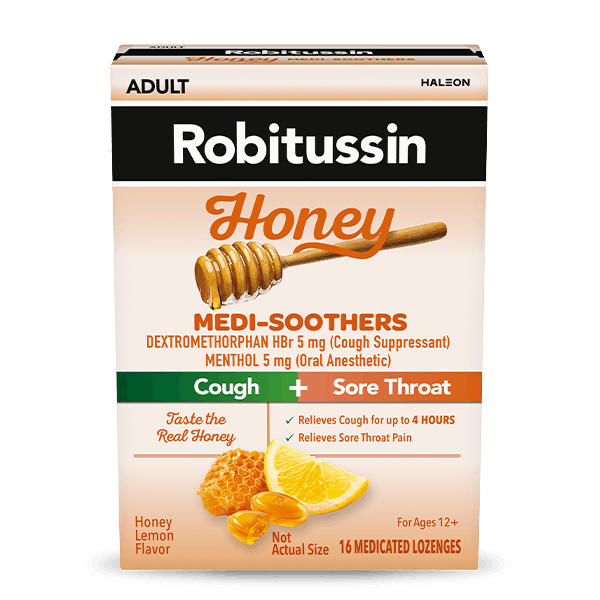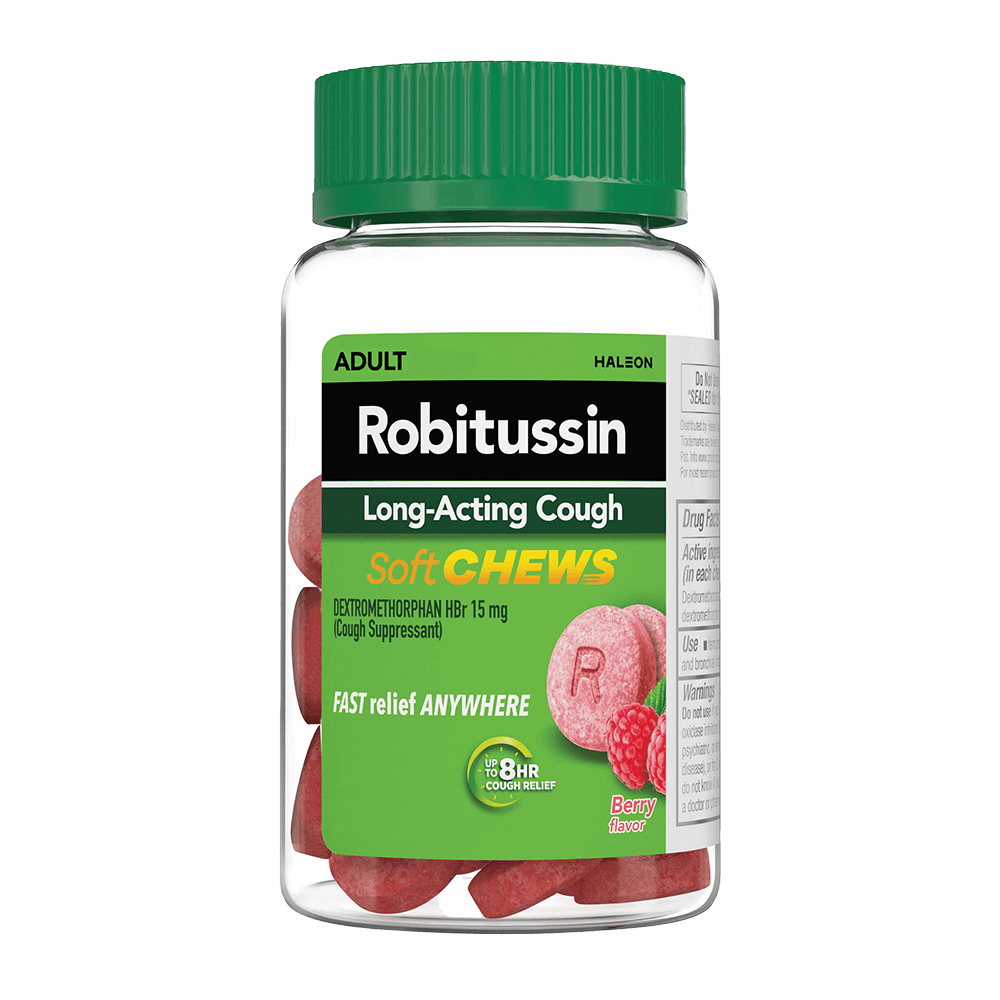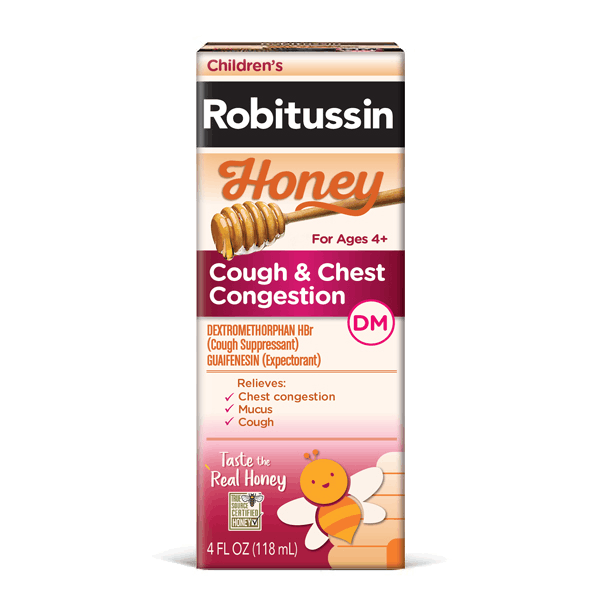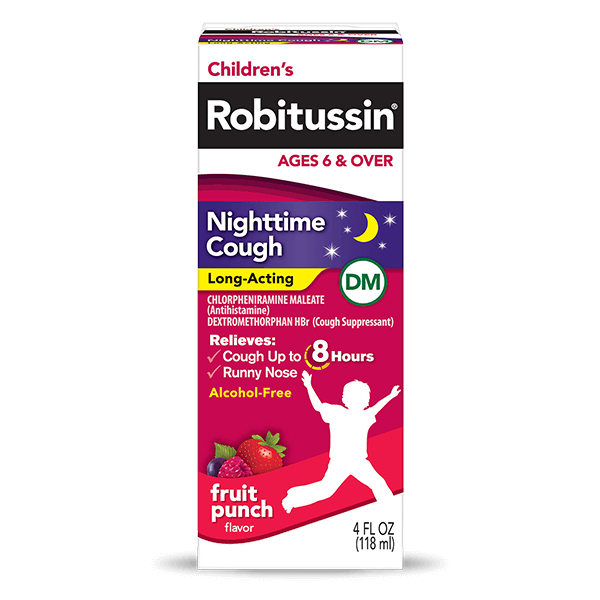Why Isn't There a Vaccination Against the Common Cold?
From a runny nose and sneezing to coughs and sore throats, almost everyone has felt the uncomfortable grip of the common cold. But even as science advances at an unprecedented rate and vaccines are developed for numerous diseases, we still don't have one for the common cold. Why is that?

Understanding Vaccines
Before delving into the complexities surrounding the lack of a vaccine for the common cold, it's essential to understand what vaccines are and how they work. Vaccines are biological preparations that contain disease-resembling agents (antigens). They are often made from weakened or killed forms of the disease-causing microbe, its toxins, or one of its surface proteins. The agents stimulate the body's immune system to recognize the disease as a threat, destroy it, and remember it to identify and beat it again later.1
The goal of vaccination is to create a memory response in the immune system. Upon subsequent exposures to the infectious agent, the body's immune system is primed to respond quickly and efficiently to prevent the specific illness against which the vaccine is designed.1 Vaccines have been developed for numerous diseases, including smallpox, polio, measles, and various types of influenza. But not the common cold.
Reasons There's No Common Cold Vaccine
Now, let's explore why the common cold, ubiquitous as it is, has no vaccine.
Multiple Causative Agents
Unlike diseases caused by a single type of virus, the common cold can be caused by over 200 different viruses.2 Rhinoviruses are the most frequent culprits, causing up to 50% of all colds.3 However, other viruses can also cause cold symptoms. Designing a vaccine covering all these viruses—or even just a significant portion—would be challenging.
Rapid Mutation
Some of the viruses that cause the common cold, particularly rhinoviruses, mutate rapidly.4 This constant change means that even if someone becomes immune to one strain of the virus, there are still numerous other strains to which they remain susceptible. It's a similar challenge to the influenza virus, which requires a new vaccine every year based on the strains predicted to be most common.
Low Severity of Illness
While the common cold is bothersome, it's generally not life-threatening for most people. This means there's less urgency to develop a vaccine for it than diseases that can cause severe illness or death. The costs, resources, and potential risks involved in creating a vaccine need to be weighed against the potential benefits.
Immune System Memory
Research has indicated that immunity to cold viruses may be short-lived.5 Even if a person is exposed to a particular cold virus and develops immunity, that immunity might wane within a few months. This short-lived immunity complicates the potential for a long-lasting vaccine.
Economic and Research Priorities
The research and development of vaccines require significant financial investments. Given that the common cold, while inconvenient, is usually not severe, pharmaceutical companies may prioritize their resources toward vaccines and treatments for more life-threatening diseases.
While the idea of a vaccine for the common cold is appealing, the reality is that the diversity and behavior of the viruses involved make it a challenging endeavor. For now, the best approach to avoiding the common cold remains basic preventative measures like hand washing, avoiding close contact with those who have a cold, and maintaining a healthy lifestyle to support immune function.
Source Citations:
- How do vaccines work? World Health Organization. https://www.who.int/news-room/feature-stories/detail/how-do-vaccines-work. Accessed 11/7/2023.
- Common Cold. Medline Plus, NIH National Library of Medicine. https://medlineplus.gov/commoncold.html. Accessed 11/7/2023.
- hinoviruses. International Encyclopedia of Public Health. Via NIH National Library of Medicine. https://www.ncbi.nlm.nih.gov/pmc/articles/PMC7150364/. Accessed 11/7/2023.
- Sequencing and Analyses of All Known Human Rhinovirus Genomes Reveal Structure and Evolution. Science. Via NIH National Library of Medicine. https://www.ncbi.nlm.nih.gov/pmc/articles/PMC3923423/. Accessed 11/7/2023.
- The Common Cold. Principles and Practice of Pediatric Infectious Disease. Via NIH National Library of Medicine. https://www.ncbi.nlm.nih.gov/pmc/articles/PMC7310919/. Accessed 11/7/2023.
- **True Source Honey is ethically and transparently sourced. Click here to learn more
- ^Read more about our non-GMO standard. here
- ⚬This product contains the active ingredients Dextromethorphan.
- **This product contains the active ingredients Dextromethorphan and Guaifenesin.
- *These statements have not been evaluated by the Food and Drug Administration. This product is not intended to diagnose, treat, cure or prevent any disease.
- Use as Directed.

